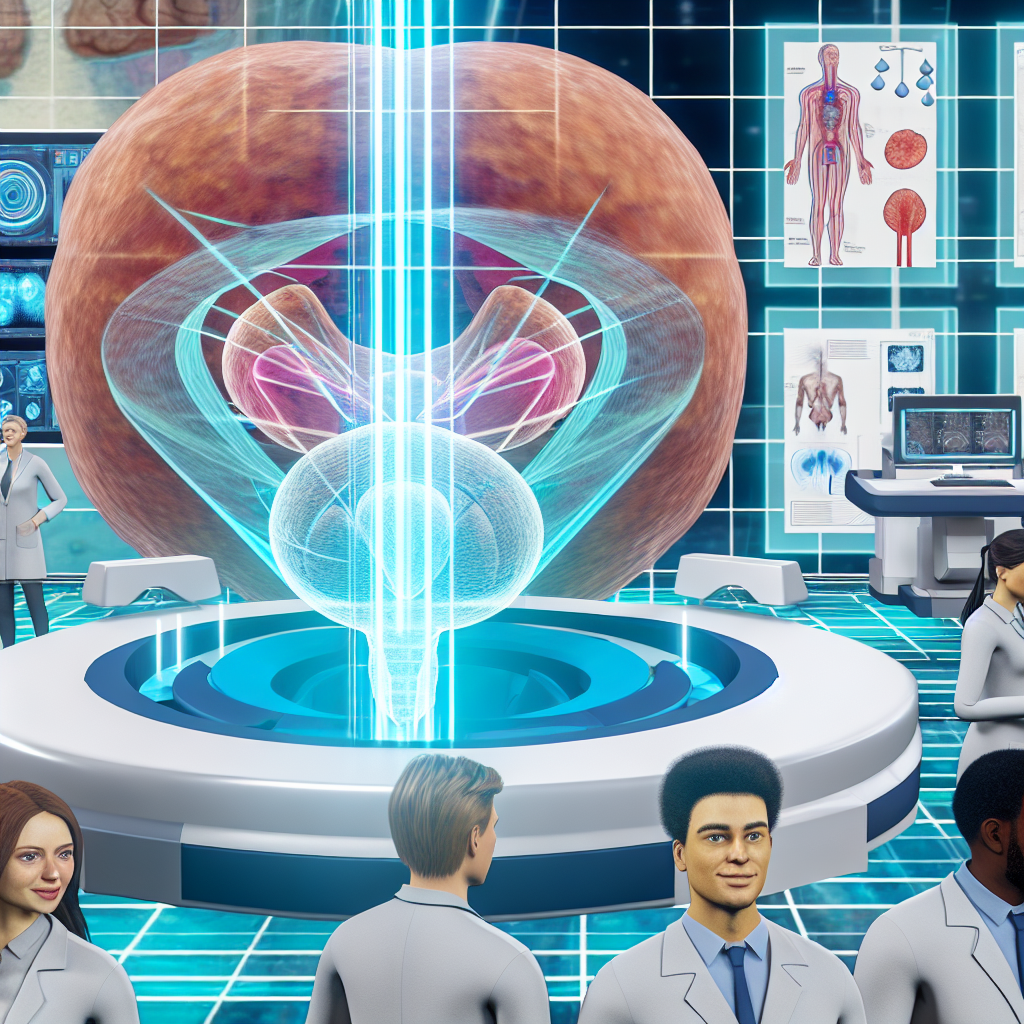Modern Prostate Screening Technologies: Revolutionizing Early Detection
Introduction: The Importance of Advanced Prostate Screening
Prostate health is a critical concern for men, especially as they grow older. Prostate cancer ranks as the second most common cancer among men in the United States, with an estimated 288,300 new cases diagnosed in 2023 and approximately 34,700 deaths resulting from the disease.
Early detection plays a crucial role in successful treatment, yet traditional screening methods like the Prostate-Specific Antigen (PSA) test and Digital Rectal Exam (DRE) come with limitations such as false positives and unnecessary biopsies. Fortunately, medical advancements have led to the development of cutting-edge prostate screening tools that are more accurate, less invasive, and highly effective alternatives for early diagnosis.
This article explores the latest prostate screening innovations and how they are changing the landscape of early detection and treatment.
Cutting-Edge Prostate Screening Technologies: A Game Changer for Men’s Health
1. MRI-Targeted Biopsies: Precision Over Random Sampling
Magnetic Resonance Imaging (MRI) has vastly improved the accuracy of prostate cancer detection. Unlike traditional random biopsies, MRI provides detailed imaging of prostate tissue, allowing doctors to target suspicious areas precisely. A study in JAMA Oncology found that MRI-targeted biopsies had higher accuracy rates, reducing the risk of missing aggressive cancer and lowering the need for unnecessary treatments.
2. Multiparametric MRI (mpMRI): Advanced Imaging for Better Diagnosis
Multiparametric MRI (mpMRI) combines multiple MRI sequences to provide high-resolution prostate imaging, differentiating between benign and malignant conditions. According to research in The Lancet Oncology, mpMRI reduced unnecessary biopsies by 28% and improved significant cancer detection compared to standard screening methods.
3. PSA Density and PSA Isoforms: A Smarter PSA Test
Traditional PSA testing has its flaws, but recent refinements have increased its reliability. PSA density (PSAD) considers prostate volume in relation to PSA levels, making it more effective in distinguishing cancer from benign conditions. PSA isoforms, including the Prostate Health Index (PHI), enhance risk assessment by analyzing specific PSA forms in the blood. Studies show PHI is significantly more accurate than standard PSA tests when predicting aggressive prostate cancer.
4. Liquid Biopsy & Genetic Testing: The Future of Non-Invasive Detection
Liquid biopsies analyze circulating tumor DNA (ctDNA) in blood samples, offering a non-invasive method for detecting prostate cancer. Genomic testing further enhances this by identifying genetic mutations such as BRCA1 and BRCA2, which increase prostate cancer risk. A study in Nature Reviews Urology highlights how liquid biopsies and genetic markers are transforming precision medicine for prostate cancer detection and treatment.
5. AI & Machine Learning: Smart Diagnostics for Accurate Results
Artificial Intelligence (AI) is revolutionizing prostate cancer screening. AI-powered tools analyze MRI scans and biopsy data with extreme precision, reducing human error. A Lancet Digital Health study found that AI can detect clinically significant prostate cancer with an accuracy rate comparable to expert radiologists, minimizing subjective interpretation errors.
6. Non-Invasive Urinary Biomarkers: PCA3 Test for Early Detection
The PCA3 (Prostate Cancer Antigen 3) test detects cancer-specific RNA markers in urine, providing an alternative screening method for men who prefer to avoid traditional biopsy. When combined with mpMRI and PSA testing, PCA3 reduces unnecessary biopsies by nearly 50%, enhancing early detection accuracy.
7. High-Resolution Ultrasound (Micro-Ultrasound): Sharper Imaging for Better Detection
Micro-ultrasound is a real-time imaging technology providing high-definition scans of the prostate. Compared to conventional ultrasound, this method offers 300% better resolution, significantly improving detection rates. Studies confirm micro-ultrasound effectively identifies suspicious prostate lesions, guiding targeted biopsies more accurately than standard ultrasound.
Conclusion: A New Era of Precision in Prostate Screening
Prostate cancer remains a critical health concern for men, but modern screening technologies have transformed early detection and diagnosis. Advancements such as MRI-targeted biopsies, AI-assisted diagnostics, liquid biopsies, and high-resolution imaging are making prostate screening more accurate, less invasive, and highly personalized.
By understanding these innovations, men can take an active role in their health, discussing modern screening options with their healthcare providers to determine the best approach based on age, genetics, and personal risk factors. As technology continues to evolve, prostate screening is becoming more efficient, precise, and less stressful, ultimately leading to improved survival rates and better quality of life.
Summary:
The article explores the latest advancements in prostate screening technologies, including MRI-targeted biopsies, multiparametric MRI, refined PSA testing, liquid biopsies, AI-powered diagnostics, and high-resolution ultrasound. These cutting-edge tools are revolutionizing early detection and treatment of prostate cancer, offering more accurate, less invasive, and personalized screening options for men. By understanding these innovations, men can take a proactive approach to managing their prostate health and discussing the best screening approach with their healthcare providers.

Dominic E. is a passionate filmmaker navigating the exciting intersection of art and science. By day, he delves into the complexities of the human body as a full-time medical writer, meticulously translating intricate medical concepts into accessible and engaging narratives. By night, he explores the boundless realm of cinematic storytelling, crafting narratives that evoke emotion and challenge perspectives. Film Student and Full-time Medical Writer for ContentVendor.com




